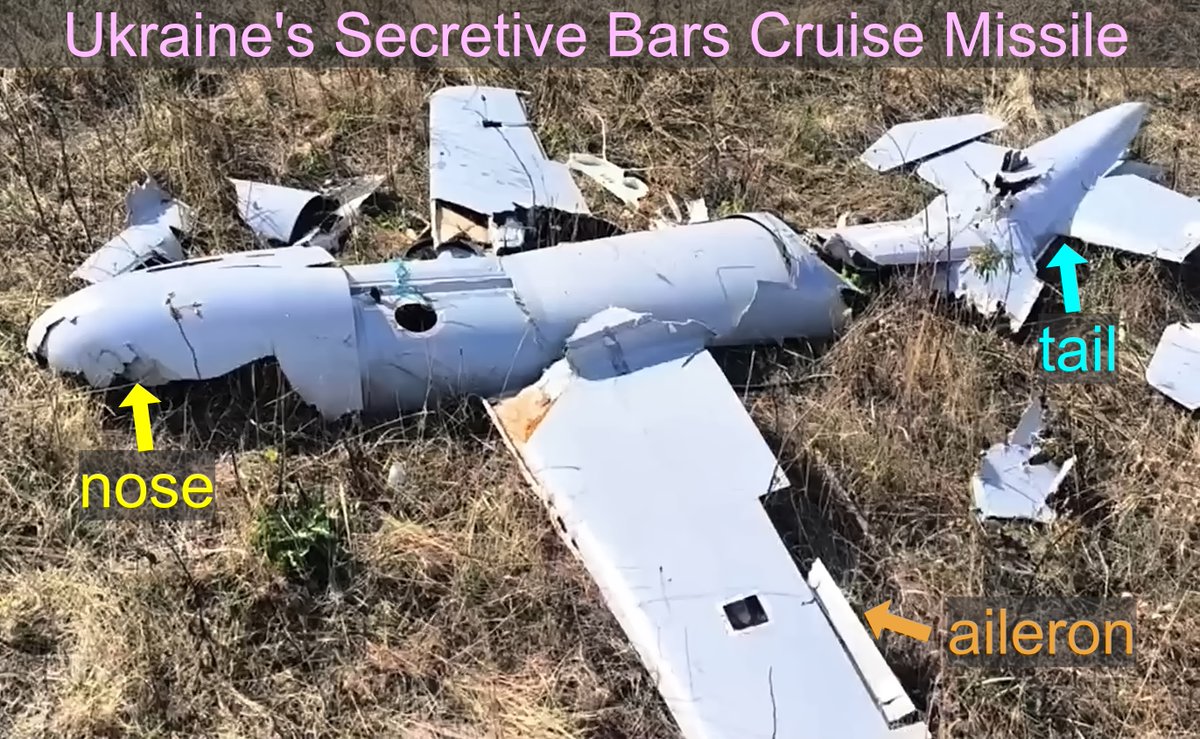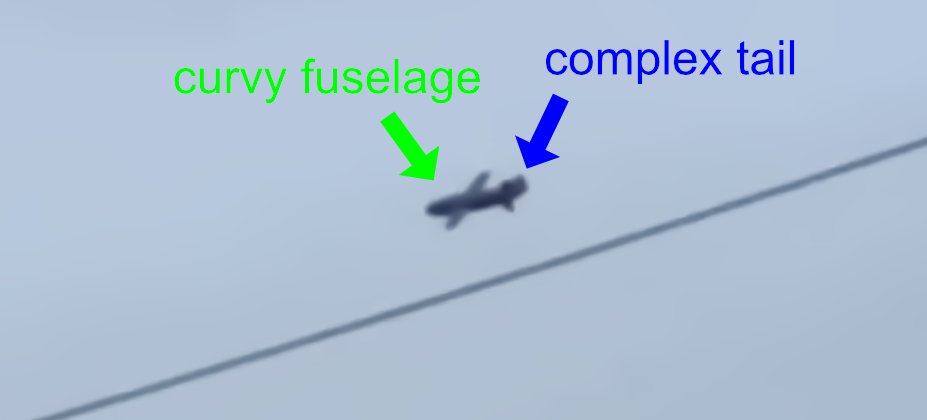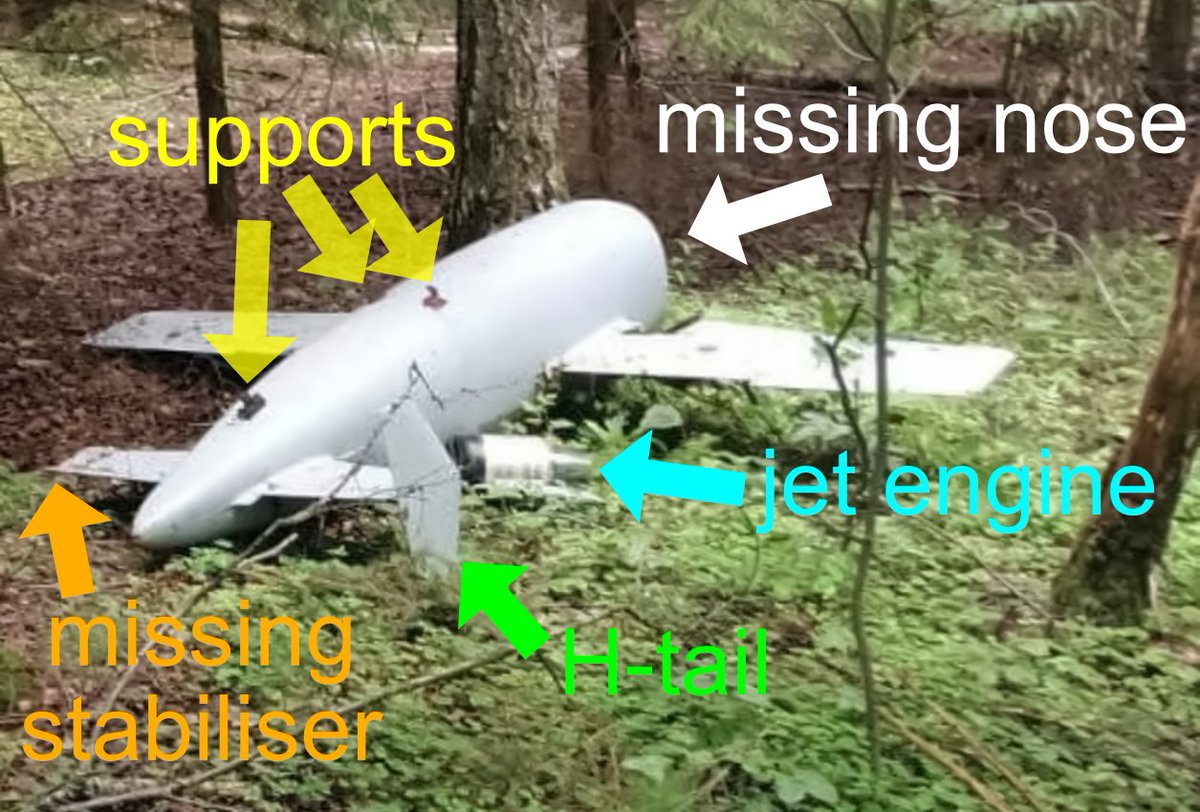1. #Russian volunteers reported testing thermal cameras and night-vision cameras on their #drones. These cameras are very effective in the long & cool winter nights. What is the difference between night-vision and thermal cameras?
t.me/FPV_vyZOV/415
t.me/FPV_vyZOV/415

2. The drone has a single video transmitter and can only show video from one #camera at a time. An electronic switch is used to select which camera’s video is transmitted. This provides simple multi-spectral capability.
t.me/FPV_vyZOV/377

t.me/FPV_vyZOV/377

3a. It is important not to confuse night vision image intensifiers with night-vision cameras. Image intensifiers are analog devices that produce a distinctive green or blue-green image. There is no reason to use one of these on a FPV drone.
t.me/usinfantryman1…

t.me/usinfantryman1…

3b. Here, an image intensifier is used to produce a distinctive blue-green image of the night sky. Likely, a phone camera was placed against the eyepiece.
4. Most cameras use a CMOS sensor (shown here) to capture images. These sensors can be inexpensive and have good performance. Importantly, all CMOS sensors are sensitive to near-infrared light and could, in principle, be used for night vision. 

5. However, most cameras also have an internal filter that blocks infrared light. Shown here is a lens from a webcam. There is a filter mounted on the end closest to the CMOS sensor. 

6. Without the filter, images would look strange. This is best illustrated with a security camera that has a night-vision mode where the infrared filter moves out of the way. Note how trees and lawn appear too bright when there is no filter.




7. A common way to increase the low-light performance of a camera is to use a large, fast lens like the one shown here. This lens has a large diameter, short focal length and is a very fast f/0.95. Astronomers & photographers routinely use these lenses. 

8. A very big and fast lens can capture a very nice image of the night sky. But lenses meant for full-size cameras are expensive and much too heavy for a small FPV drone. Regardless, expect a camera meant for low light use to a have a larger lens. 

9. There are CMOS night-vision cameras for drones. The example shown here uses (as expected) a very fast f/1.0 lens. These cameras are low cost and have good low-light performance. These are not thermal cameras but rely on ambient light, e.g., moonlight.




10. Thermal cameras often use sensors based on Vanadium Oxide (Vox) and have exquisite sensitivity to infrared radiation. These usually have a lower pixel count than CMOS ones. Germanium lenses are used because glass won’t transmit infrared radiation. 

11. People emit infrared radiation because they are warm. The plot shows the amount of radiation emitted versus wavelength. Thermal cameras are very sensitive to radiation in the 7 µm to 14 µm range and will easily see a person even in complete darkness. 

12. The advantage of thermal cameras is that they detect the infrared radiation emitted by people, vehicles and buildings. Thus, they work extremely well in complete darkness.
t.me/zedigital/3703

t.me/zedigital/3703

13. Thermal cameras are available for small drones. A big disadvantage is their cost, e.g., 20 times the price of a night vision camera. A thermal camera can more than double the cost of a small FPV drone. (Note the distinctive reflective lens.) 

14. Night vision and thermal cameras greatly enhance the capabilities of small drones and are in very high demand in Ukraine. For example, the folks at @FPVDronesUa discuss installing these cameras on the drones they provide.
https://twitter.com/FPVDronesUa/status/1725384760313135451
15. Coupled with extra hardware, e.g., a FPGA, these cameras could provide a way for a drone to home-in on a target. This is not AI, it’s just image processing and programming. A semi-autonomous kamikaze would be straightforward and a bomber a bit harder.
t.me/serhii_flash/1…
t.me/serhii_flash/1…
16. Night vision cameras & thermal camera are powerful technologies. Expect to see more developments in how these are being used in Ukraine.
If you enjoyed this thread please read my previous posts.
If you enjoyed this thread please read my previous posts.
• • •
Missing some Tweet in this thread? You can try to
force a refresh






















